Home>diy>Building & Construction>What Materials Are Used In Construction
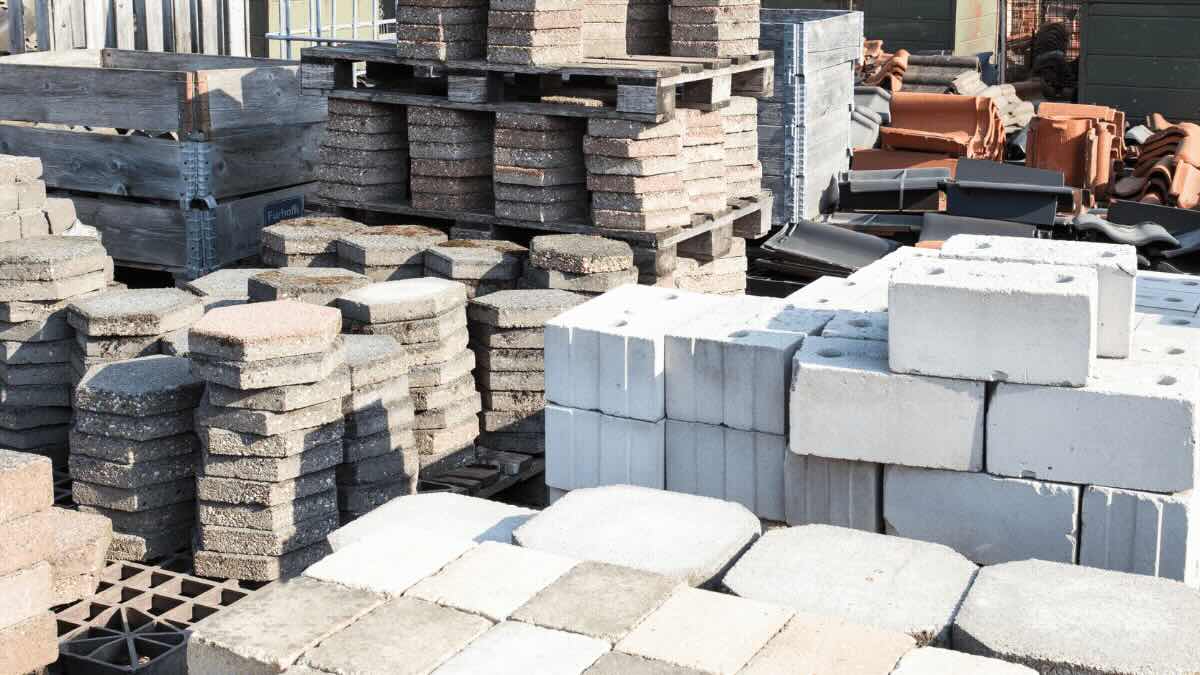

Building & Construction
What Materials Are Used In Construction
Modified: February 5, 2024
Discover the top materials used in building construction and learn how they contribute to durability and sustainability. Enhance your knowledge in construction materials for successful projects.
(Many of the links in this article redirect to a specific reviewed product. Your purchase of these products through affiliate links helps to generate commission for Storables.com, at no extra cost. Learn more)
Introduction
In the world of construction, the choice of materials plays a crucial role in determining the strength, durability, and overall quality of a building. From ancient civilizations to modern architectural marvels, different materials have been used to create structures that stand the test of time.
When it comes to construction materials, there is a wide array of options available. Each material has its own unique set of properties and characteristics, making it suitable for specific applications.
In this article, we will explore some of the most commonly used materials in construction and delve into their unique attributes. Whether you are an aspiring builder, an architecture enthusiast, or simply curious about the world of construction, this guide will provide valuable insights.
Key Takeaways:
- Wood, concrete, steel, bricks, glass, plastics, asphalt, stone, ceramics, and composites are key construction materials, each offering unique advantages and considerations for builders, architects, and engineers to carefully evaluate for specific project requirements and design outcomes.
- The judicious selection of construction materials is essential for ensuring the strength, durability, and overall quality of a building. Collaboration with experts and leveraging their knowledge can help make informed decisions and create sustainable, enduring structures.
Read more: What Are Sills Used For In Construction
Wood
Wood has been used as a construction material for centuries and remains a popular choice due to its natural beauty, versatility, and ecological benefits. It is a renewable resource that is readily available, making it a sustainable option for builders.
One of the primary advantages of wood is its strength-to-weight ratio. It is a lightweight material that can provide exceptional structural support when engineered and treated correctly. Wooden beams and frames are commonly used in building foundations, walls, floors, and roofs.
In addition to its structural capabilities, wood also offers excellent insulation properties. It provides a natural barrier against heat and cold, reducing the need for additional energy-consuming insulation materials.
Wood is also known for its aesthetic appeal. It adds warmth and character to any space, creating a cozy and inviting atmosphere. It can be easily carved, shaped, and painted, allowing for endless design possibilities.
However, wood does have a few drawbacks. It is susceptible to water damage, rot, and termite infestation if not properly treated or maintained. To mitigate these risks, various treatments such as preservatives and coatings are applied to enhance its durability and resistance to environmental factors.
Despite these challenges, wood remains a popular and timeless choice in construction. It has stood the test of time and continues to be a preferred material for structures that exude charm, elegance, and a connection to nature.
Concrete
Concrete is one of the most widely used construction materials in the world. It is composed of a mixture of cement, water, aggregates, and often additives, which combine to create a durable and versatile material.
One of the greatest advantages of concrete is its strength and durability. It is highly resistant to fire, weathering, and corrosion, making it ideal for use in various structural elements such as foundations, walls, columns, and floors.
Concrete is also known for its versatility. It can be molded into any shape and size, allowing for intricate designs and architectural creativity. The use of different molds and formwork techniques enables builders to create curved structures, facades, and unique textures.
Furthermore, concrete offers excellent thermal mass properties. It absorbs and stores heat, reducing energy consumption by keeping interiors cool in hot climates and retaining warmth in colder regions.
Despite its numerous benefits, concrete does have some drawbacks. It is a heavy material, requiring extensive formwork and equipment for placement. Additionally, its production creates a significant amount of carbon dioxide emissions, contributing to environmental concerns.
However, efforts are being made to develop sustainable alternatives such as green concrete, which incorporates recycled materials and reduces carbon emissions. Innovations like self-healing concrete, which repairs cracks autonomously, are also being explored to enhance its longevity and reduce maintenance costs.
Overall, concrete remains a cornerstone material in the construction industry. Its strength, durability, and versatility make it an indispensable component in building a wide range of structures, from skyscrapers to bridges to residential homes.
Steel
Steel is a versatile and widely used construction material valued for its strength, durability, and flexibility. It is an alloy of iron and carbon, with additional elements like manganese, chromium, and nickel often added to enhance its properties.
One of the key advantages of steel is its high strength-to-weight ratio. It is significantly stronger than other common building materials, such as wood or concrete, allowing for the construction of tall and expansive structures with minimal material usage.
Steel is also known for its durability and resistance to various environmental factors, such as fire, corrosion, and pests. It can withstand extreme temperatures and weather conditions, making it a reliable choice for buildings in different climates.
In addition to its structural properties, steel offers flexibility in design. It can be easily shaped and fabricated into various forms, allowing architects and engineers to create innovative and intricate structures. Large open spaces, long-span bridges, and curved facades are all made possible by the use of steel.
Moreover, steel is an eco-friendly material. It is widely recycled and can be reused without compromising its quality. Recycling steel reduces the need for mining iron ore, conserves energy, and reduces greenhouse gas emissions associated with the production of new steel.
However, steel does have a few limitations. It can be susceptible to corrosion if not properly protected, requiring regular maintenance and coating. It is also a relatively expensive material compared to alternatives like wood or concrete.
Despite these considerations, steel remains a popular choice in modern construction for its strength, durability, and design flexibility. Its use in the construction of skyscrapers, bridges, stadiums, and industrial buildings has revolutionized the architecture and engineering industries.
Bricks
Bricks are one of the oldest and most widely used construction materials in the world. They have been utilized for centuries, contributing to the construction of iconic structures throughout history.
Bricks are typically made from clay, shale, or other natural materials, which are then fired at high temperatures to create a hardened and durable product. They come in various sizes, colors, and textures, offering architects and builders a wide range of design possibilities.
One of the main advantages of bricks is their strength and durability. They can withstand high levels of compression and are resistant to fire, rot, and water damage. These characteristics make bricks a reliable choice for load-bearing walls, foundations, and other structural components.
In addition to their structural properties, bricks also provide excellent thermal and acoustic insulation. They have natural thermal mass, helping to regulate indoor temperatures by absorbing and releasing heat slowly. Their dense composition also reduces noise transmission, making buildings quieter and more comfortable.
Furthermore, bricks are known for their aesthetic appeal and timeless charm. They add a sense of character and elegance to any structure, whether it be modern or traditional in design. The natural colors and textures of bricks create visually appealing facades that can be customized to suit various architectural styles.
However, there are a few considerations when using bricks in construction. They are relatively heavy, requiring appropriate structural support and skilled labor for installation. They also have limited resistance to lateral loads, such as earthquakes or strong winds, and may require additional reinforcement.
Despite these limitations, bricks remain a popular choice due to their durability, versatility, and eco-friendliness. With proper installation and maintenance, brick structures can last for centuries, showcasing the enduring appeal of this ancient construction material.
Read more: What Is Limestone Used For In Construction
Glass
Glass is a unique and versatile material that has made a significant impact on the field of architecture and construction. It is composed of silica, soda ash, and lime, which are melted together at high temperatures to form a transparent or translucent material.
One of the main advantages of glass is its ability to transmit light. It allows natural light to enter buildings, creating bright and inviting spaces. This not only enhances the aesthetics of a structure but also reduces the need for artificial lighting, saving energy and promoting a sustainable environment.
Glass also offers excellent thermal insulation properties. With the development of advanced glazing techniques, insulated glass units can be created, consisting of multiple layers separated by an air or gas-filled space. This helps to minimize heat transfer, leading to improved energy efficiency and reduced heating and cooling costs.
Furthermore, glass provides a unique visual connection between the interior and exterior environments. It offers panoramic views, allowing occupants to enjoy the surrounding landscape. Moreover, glass facades and windows can be designed to reflect or absorb heat, depending on the desired level of solar control.
However, while glass provides numerous benefits, it is not without its limitations. It is a brittle material and requires careful handling and installation to prevent breakage. Additionally, glass is a poor insulator when compared to materials like wood or concrete, which may necessitate the use of additional insulation for energy efficiency.
Advancements in glass technology have led to the development of specialty glasses, such as tempered glass for safety and security, laminated glass for impact resistance, and low-emissivity (Low-E) glass for improved energy performance. These innovations have expanded the applications of glass in construction, making it a popular choice for facades, windows, skylights, and even entire glass structures.
Overall, glass offers a modern and sleek aesthetic, as well as the ability to create bright and visually captivating spaces. Its combination of transparency, energy efficiency, and design versatility make it an essential material in contemporary architecture.
When choosing materials for construction, consider factors such as durability, cost, and environmental impact. Common materials include concrete, steel, wood, and brick. Research and compare the properties of each material to make an informed decision.
Plastics
Plastics have become an integral part of the construction industry due to their versatility, durability, and cost-effectiveness. They are synthetic materials, typically derived from petrochemicals, which can be molded and shaped into various forms.
One of the key advantages of plastics is their lightweight nature. They are significantly lighter than traditional construction materials like wood, concrete, or steel, making them easier to handle, transport, and install. This can lead to reduced labor costs and faster construction times.
Plastics also offer excellent durability and resistance to environmental factors. They are highly resistant to moisture, chemicals, and corrosion, making them suitable for use in damp or corrosive environments. Additionally, plastics are non-conductive, making them a safe choice for electrical applications.
Furthermore, plastics provide excellent thermal and acoustic insulation properties. They can help regulate indoor temperatures, reduce heat transfer, and minimize noise transmission, improving energy efficiency and occupant comfort.
Another advantage of plastics is their versatility in design and construction. They can be easily molded, extruded, or fabricated into various shapes, sizes, and colors, allowing for creative and innovative designs. Plastics can also be combined with other materials to enhance their performance, such as reinforcing fibers in fiberglass or metallic elements in composite materials.
It is important to note that while plastics offer many benefits, they also pose environmental challenges. Plastics are derived from fossil fuels and are not biodegradable, leading to concerns about waste management and pollution. However, efforts are being made to develop more sustainable alternatives, such as bioplastics made from renewable resources.
Overall, plastics have revolutionized the construction industry by providing lightweight, durable, and cost-effective solutions. They are used in a wide range of applications, including pipes, insulation, roofing materials, windows, doors, and even structural components. As technology advances, the development of eco-friendly and recyclable plastics will further enhance their role in sustainable construction practices.
Asphalt
Asphalt is a versatile construction material commonly used for roads, driveways, parking lots, and other paved surfaces. It is a composite material made up of aggregates, such as stone and sand, and a binder, usually bitumen.
One of the primary advantages of asphalt is its durability and ability to withstand heavy traffic loads. It provides a smooth, skid-resistant surface that can withstand the weight of vehicles while maintaining its structural integrity. The flexibility of asphalt allows it to withstand natural movements in the ground, reducing the risk of cracking or damage.
Another benefit of asphalt is its speed of construction. It can be quickly and efficiently laid down, minimizing disruption to traffic and reducing construction time. Asphalt surfaces also cure relatively quickly, allowing roads and pavements to be opened for use shortly after construction.
Asphalt is also known for its excellent resistance to weathering and environmental factors. It can withstand extreme temperatures, freeze-thaw cycles, and the effects of UV radiation without significant degradation. Properly designed and maintained asphalt surfaces can have a long lifespan, reducing the need for frequent repairs or replacements.
The smooth surface of asphalt offers enhanced driving comfort and reduced tire noise compared to rougher surfaces. It also provides good drainage capabilities, allowing rainwater to flow off the pavement efficiently, reducing the risk of hydroplaning.
However, it is worth noting that regular maintenance of asphalt surfaces is essential to ensure their longevity. Over time, asphalt can develop cracks, potholes, or rutting due to heavy traffic and aging. Timely repairs, such as crack sealing and patching, can prevent further damage and extend the life of the surface.
Furthermore, the production and use of asphalt can have some environmental considerations. While it is a recyclable material, the extraction and refining of bitumen involve energy consumption and greenhouse gas emissions. However, advancements in technology have led to the development of warm-mix asphalt, which reduces the production temperature and emissions associated with traditional hot-mix asphalt.
Overall, the versatility, durability, and cost-effectiveness of asphalt have made it a popular choice for roadways and paved surfaces around the world. Its ability to withstand heavy loads and resist weathering ensures safe and smooth transportation for both vehicles and pedestrians.
Stone
Stone is a natural material that has been used in construction for thousands of years. It offers durability, strength, and timeless beauty, making it a popular choice for both structural and decorative purposes.
One of the key advantages of stone is its longevity. Buildings constructed with stone can withstand the test of time, often lasting for centuries. The inherent durability of stone makes it resistant to weathering, erosion, and decay, ensuring a long-lasting and low-maintenance structure.
Stone is also prized for its aesthetic appeal. It adds a sense of elegance and authenticity to any space, whether it be in the form of natural stone walls, floors, or decorative accents. The variety of textures, colors, and patterns found in different types of stone can create visually stunning and unique designs.
Furthermore, stone offers excellent thermal mass properties. It absorbs and retains heat, helping to regulate indoor temperatures and reduce energy consumption. This natural insulation property can contribute to the energy efficiency of a building, keeping it cool in hot climates and warm in colder regions.
In addition to its visual and thermal qualities, stone is a sustainable and environmentally friendly material. It is abundant in nature and can be harvested without causing significant damage to the environment. With proper extraction and processing techniques, the impact on the ecosystem can be minimized.
However, there are a few considerations when using stone in construction. It is a heavy material that requires proper structural support and skilled labor for installation. The weight of stone can add to the cost and complexity of construction projects.
Additionally, the availability and cost of certain types of stone can vary depending on location and demand. Some rare or exotic stones may be more expensive or difficult to source, limiting their use to specific applications or budgets.
Despite these factors, the use of stone in construction continues to be popular due to its durability, aesthetic appeal, and sustainable qualities. From grand historical monuments to contemporary architectural masterpieces, stone has left an indelible mark on the built environment and will continue to be admired for its timeless beauty and strength.
Read more: What Wood Is Used In Construction
Ceramics
Ceramics are a diverse group of materials that have been used in construction for centuries. They are typically made from inorganic, non-metallic materials, such as clay, silica, and other minerals, which are shaped and hardened through heating and cooling processes.
One of the main advantages of ceramics is their exceptional durability. They are highly resistant to wear, chemicals, and extreme temperatures, making them ideal for various applications in the construction industry.
Ceramic tiles, for example, are a popular choice for flooring, walls, and even roofs. They are known for their toughness and resistance to moisture, stains, and scratches. Ceramic tiles come in a wide range of colors, patterns, and sizes, allowing for creative and personalized design options.
Another application of ceramics in construction is in the form of bricks and blocks. Ceramic bricks are lightweight, yet strong, providing structural support and thermal insulation. They are also resistant to fire and have excellent soundproofing properties.
Additionally, ceramic materials are often used in the production of sanitaryware, such as sinks, toilets, and bathtubs. Ceramic sanitaryware is highly resistant to water and stains, easy to clean, and aesthetically pleasing.
Ceramics also offer environmental benefits. They are typically made from abundant natural resources and can be recycled or reused. Ceramic tiles and bricks have a long lifespan and require minimal maintenance, reducing the need for frequent replacements.
However, it is important to note that ceramics can be brittle and prone to breakage if not handled properly. Care must be taken during transportation, installation, and maintenance to avoid damage to ceramic surfaces.
Despite this limitation, ceramics continue to be a reliable and versatile choice in the construction industry. Their durability, resistance to environmental factors, and aesthetic appeal make them a popular option for both residential and commercial projects.
Furthermore, advancements in ceramic technology have led to the development of innovative materials, such as advanced ceramics and ceramic composites. These materials offer enhanced properties like increased strength, superior thermal conductivity, and even self-cleaning capabilities.
With ongoing research and development, ceramics will continue to evolve and find new applications in construction, contributing to the creation of sustainable, durable, and visually appealing structures.
Composites
Composites are innovative construction materials that are made by combining two or more distinct materials to create a stronger and more durable final product. The combination of these materials allows for the harnessing of unique properties, resulting in a wide range of applications in the construction industry.
One of the main advantages of composites is their exceptional strength-to-weight ratio. By combining materials such as fiberglass, carbon fiber, or polymers with resins or matrices, lightweight yet incredibly strong structures can be created. This makes composites ideal for applications such as bridges, deckings, and structural components that require high strength while minimizing weight.
Composites also offer outstanding resistance to environmental factors such as corrosion, moisture, and UV radiation. Unlike traditional materials like steel or wood, composites are not susceptible to rust, rot, or termites. This makes them particularly suitable for outdoor structures, marine environments, and areas with high humidity.
Another advantage of composites is their versatility in design and fabrication. They can be molded and shaped into complex forms, allowing for intricate architectural details or customized components. Composites can also be easily engineered to have specific properties such as fire resistance, electrical conductivity, or thermal insulation, depending on the desired application.
Furthermore, composites offer excellent longevity and low maintenance requirements. They do not face the same issues as traditional materials, such as rusting, weathering, or degradation. This results in reduced maintenance costs and extended lifespans for structures made with composites.
However, it is important to consider the higher upfront costs associated with composites compared to traditional materials. The manufacturing processes and specialized techniques required for composites can add to the overall expense of a construction project. However, the long-term benefits and durability of composites often offset these initial costs.
Additionally, proper design and quality control are crucial when working with composites. The manufacturing process must be closely monitored to ensure consistent quality and structural integrity. Adequate training and expertise are required for the installation and maintenance of composite materials to guarantee their performance.
Overall, composites offer unique advantages in terms of strength, durability, and design flexibility. Their lightweight properties, resistance to corrosion and environmental factors, and long lifespan make them a valuable choice for various construction applications. As technology continues to advance, the use of composites is expected to grow, paving the way for more innovative and sustainable building solutions.
Conclusion
Choosing the right materials is essential in construction to ensure the strength, durability, and overall quality of a building. The wide array of options available provides builders, architects, and engineers with the flexibility to meet specific project requirements and achieve desired design outcomes.
Wood, concrete, steel, bricks, glass, plastics, asphalt, stone, ceramics, and composites are just some of the materials commonly used in construction. Each material offers its own set of advantages and considerations, making it important to carefully evaluate their suitability for different applications.
Wood continues to be valued for its natural beauty and versatility, while concrete stands out for its strength and durability. Steel combines strength with design flexibility, and bricks offer a timeless aesthetic appeal. Glass provides transparency, light transmittance, and thermal insulation. Plastics offer lightweight construction options, and asphalt provides durable surfaces for roads and pavements. Stone brings durability and a classic aesthetic, while ceramics and composites offer innovative solutions that leverage the strength of multiple materials.
While each material has its advantages and limitations, technological advancements continue to push the boundaries of construction materials. Innovations in sustainable practices, such as recycling and reducing environmental impacts, are also shaping the construction industry.
Ultimately, the choice of construction materials should consider factors such as the intended purpose, structural requirements, aesthetic preferences, environmental considerations, and budget constraints. Collaborating with experts and leveraging their knowledge can help make informed decisions and create structures that not only meet functional requirements but also inspire and endure.
In conclusion, the world of construction offers a vast array of materials, each with its own unique attributes and applications. The judicious selection of construction materials ensures that buildings are not only visually appealing but also structurally sound, safe, and sustainable.
Frequently Asked Questions about What Materials Are Used In Construction
Was this page helpful?
At Storables.com, we guarantee accurate and reliable information. Our content, validated by Expert Board Contributors, is crafted following stringent Editorial Policies. We're committed to providing you with well-researched, expert-backed insights for all your informational needs.
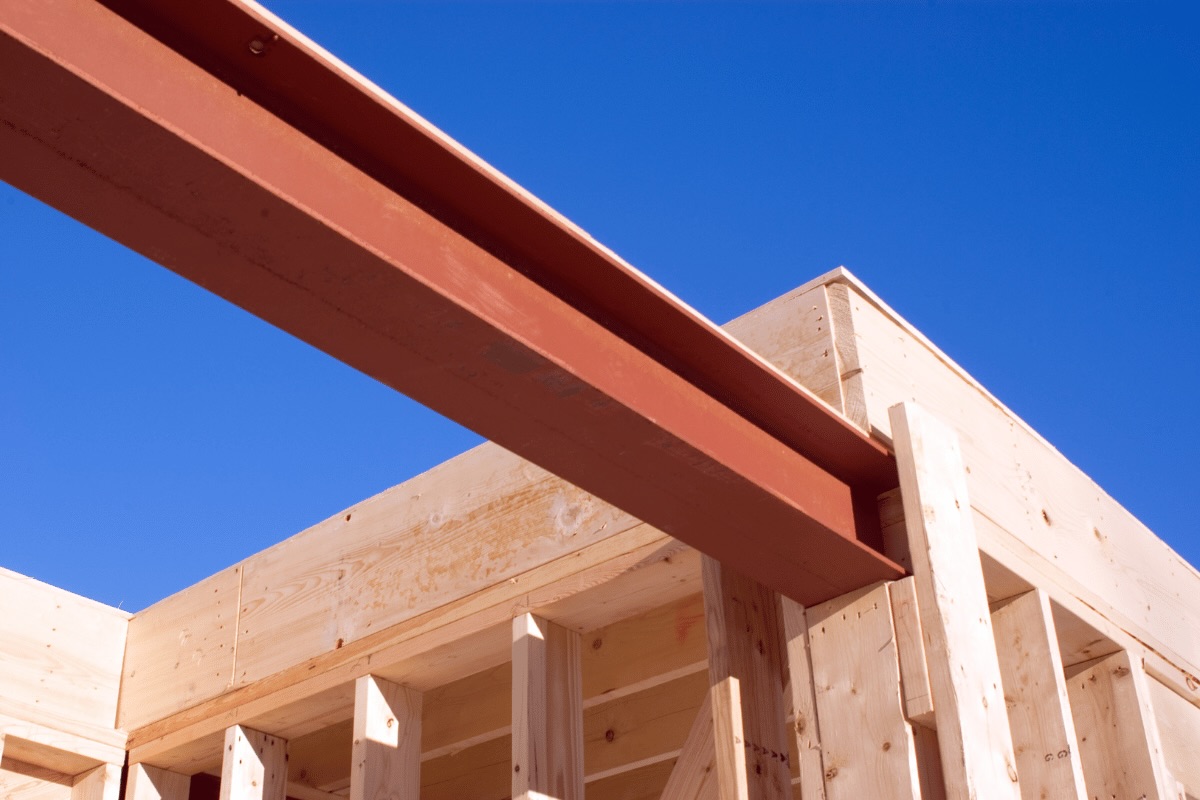
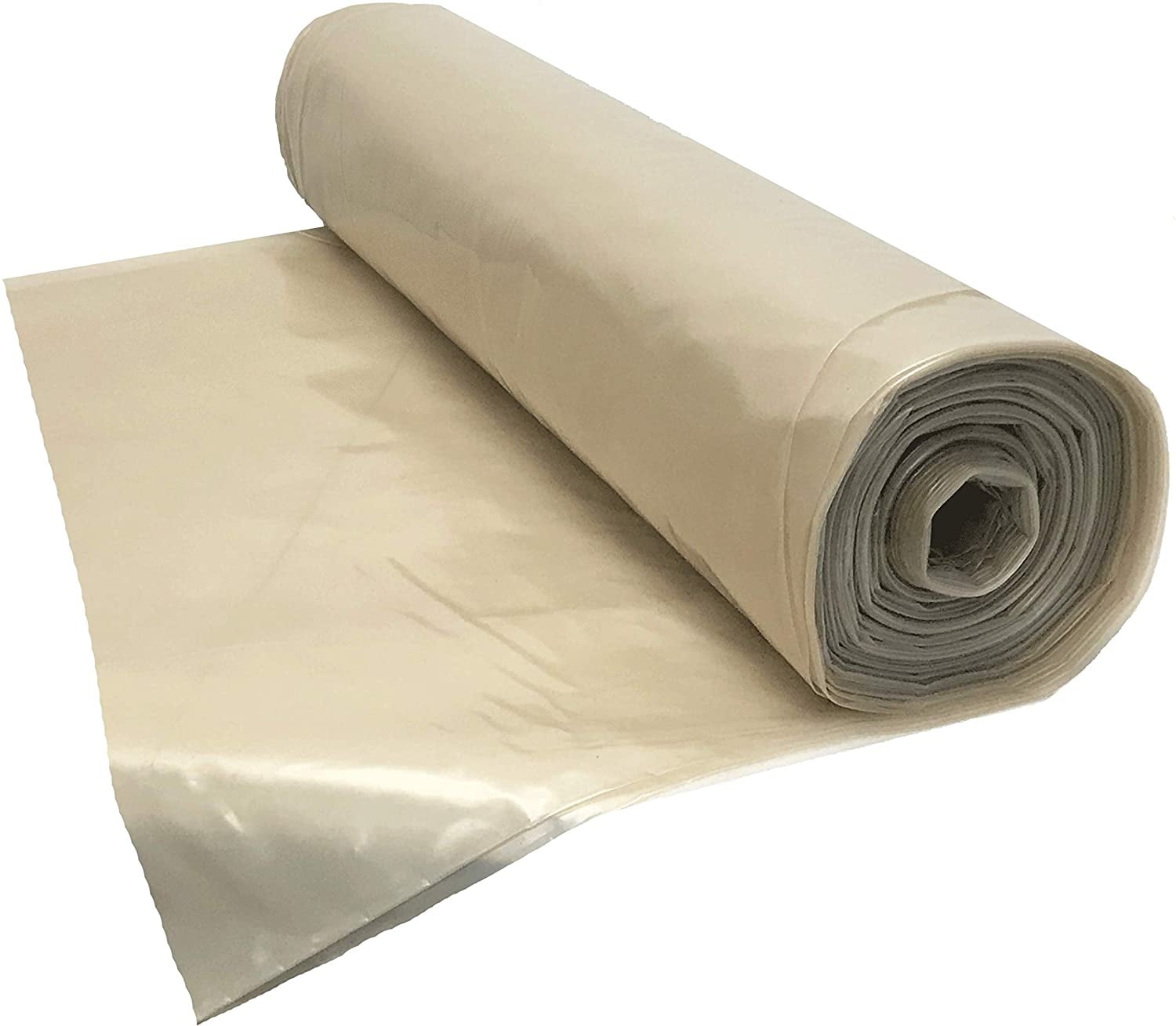
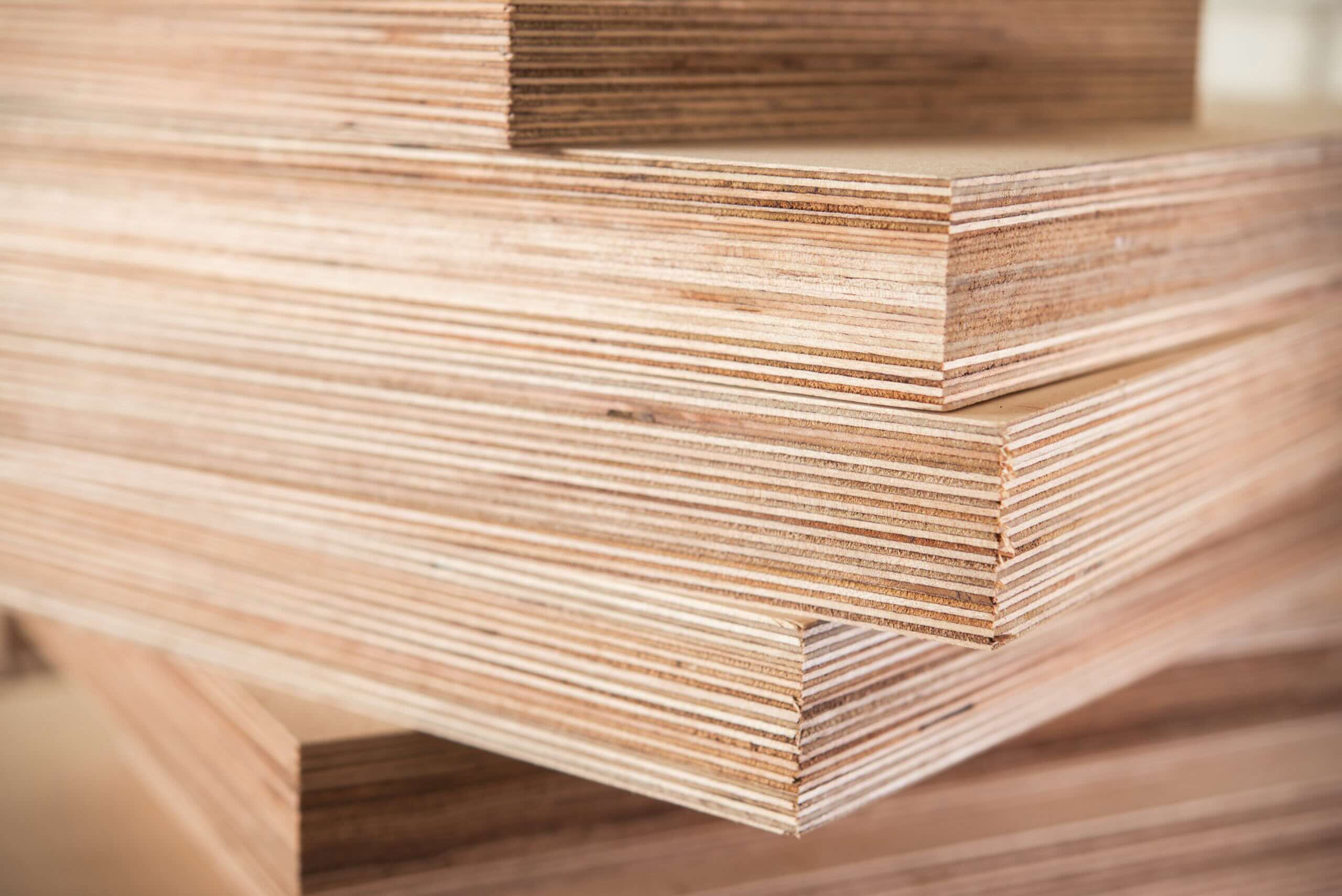
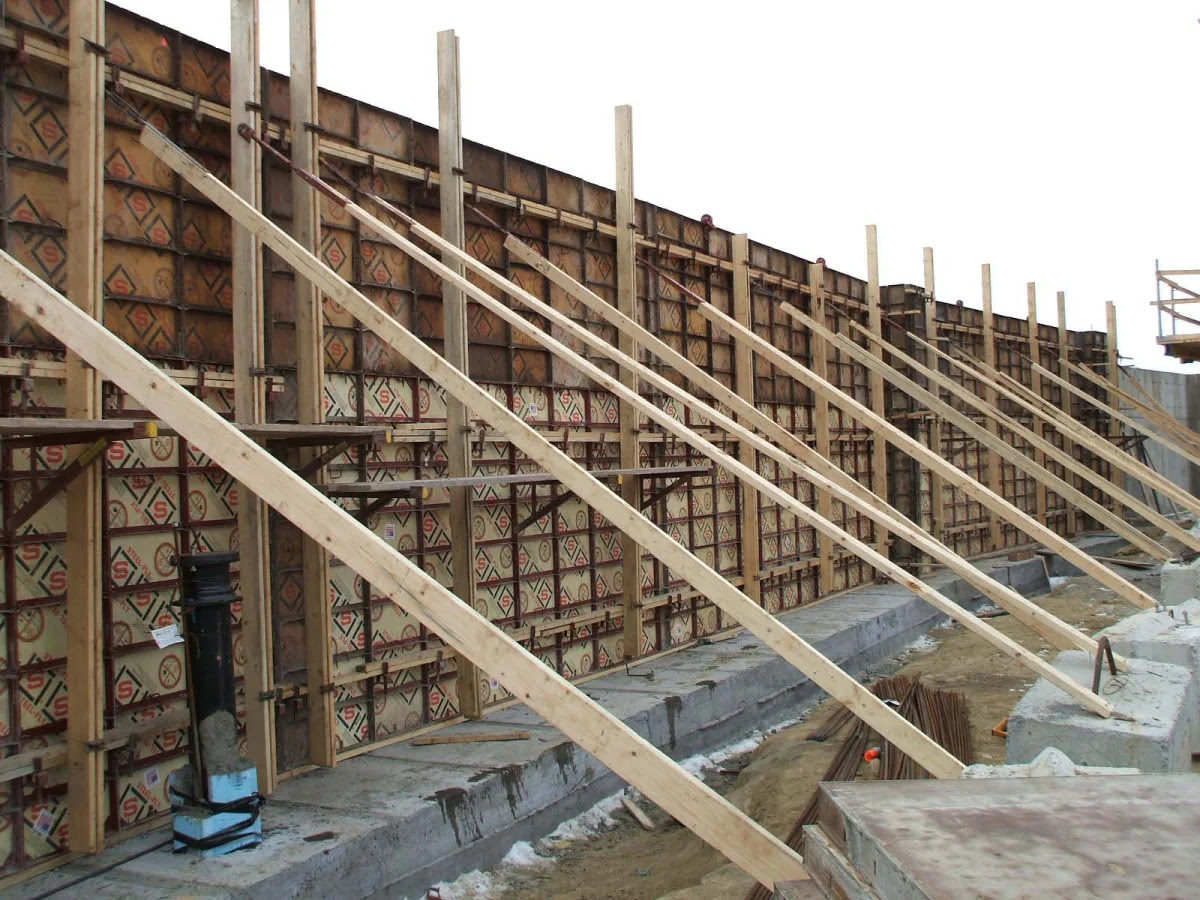
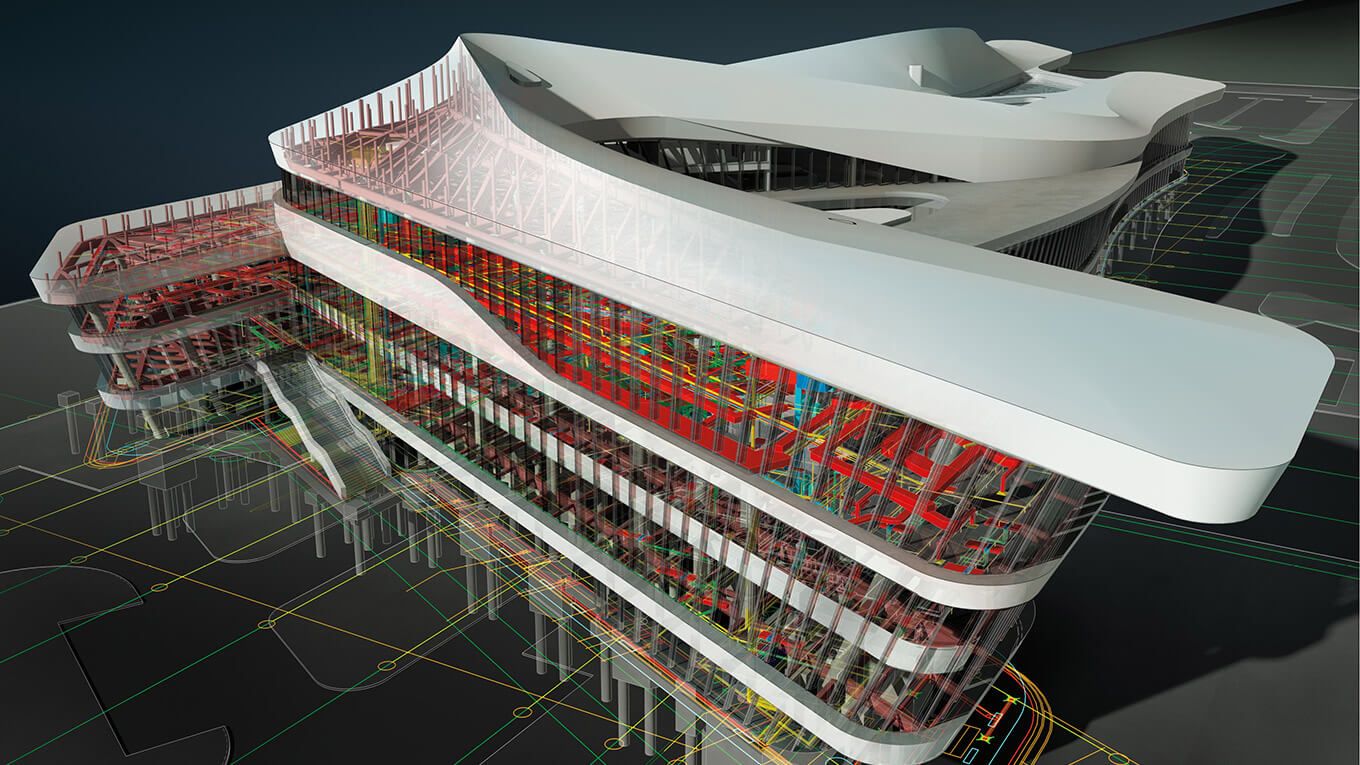

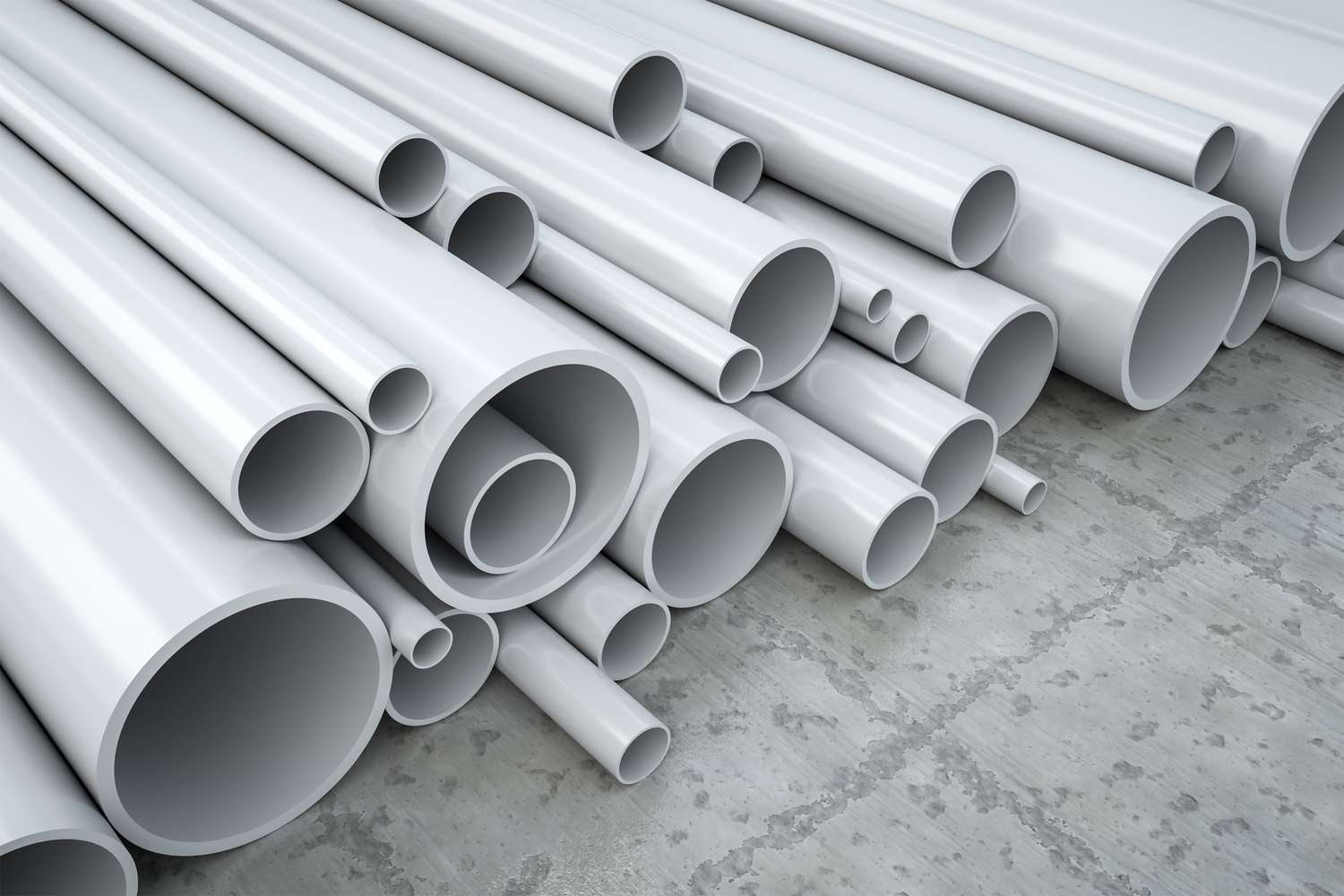
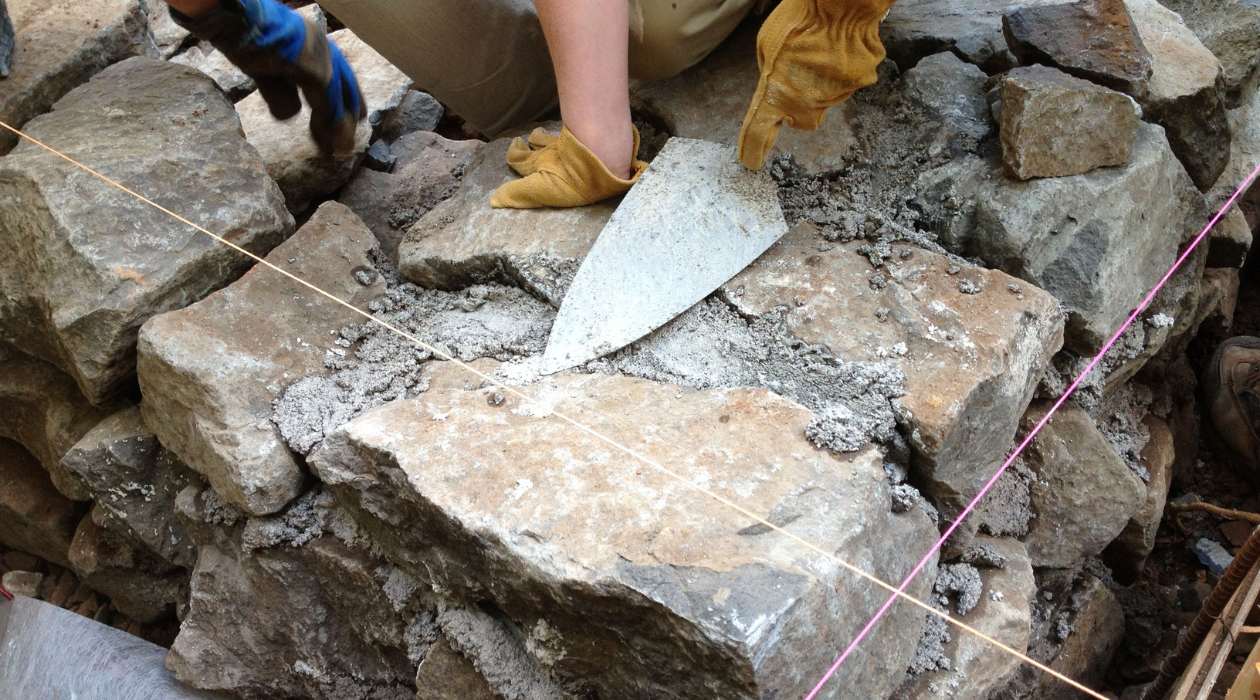
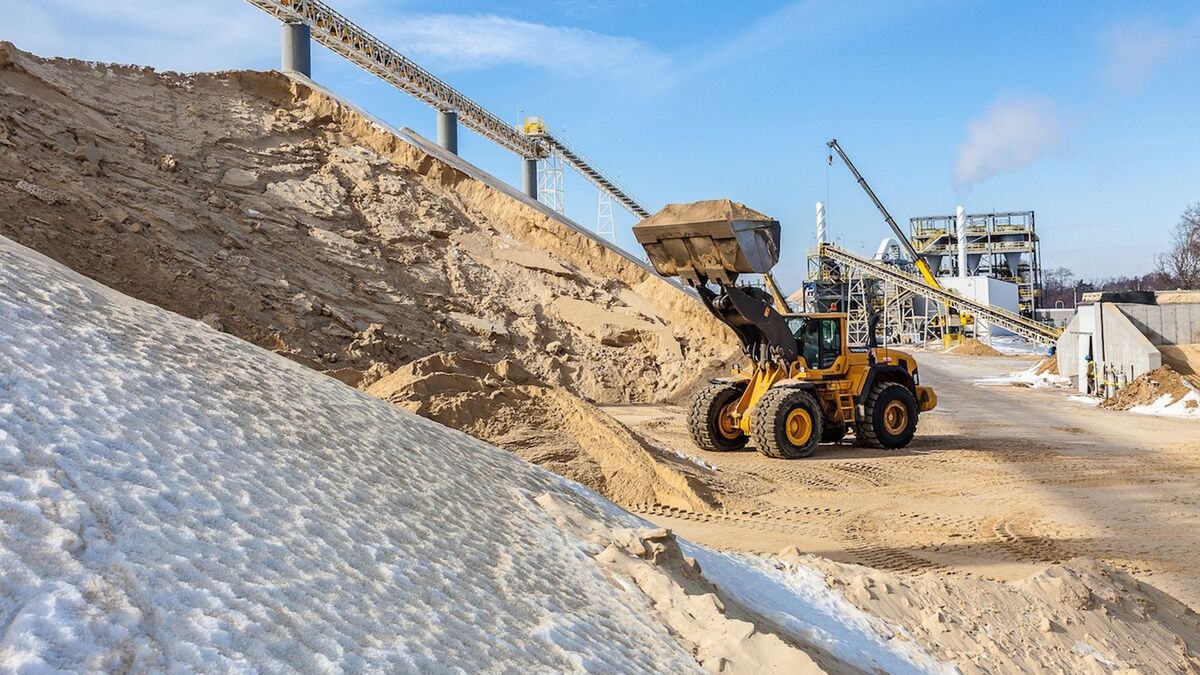
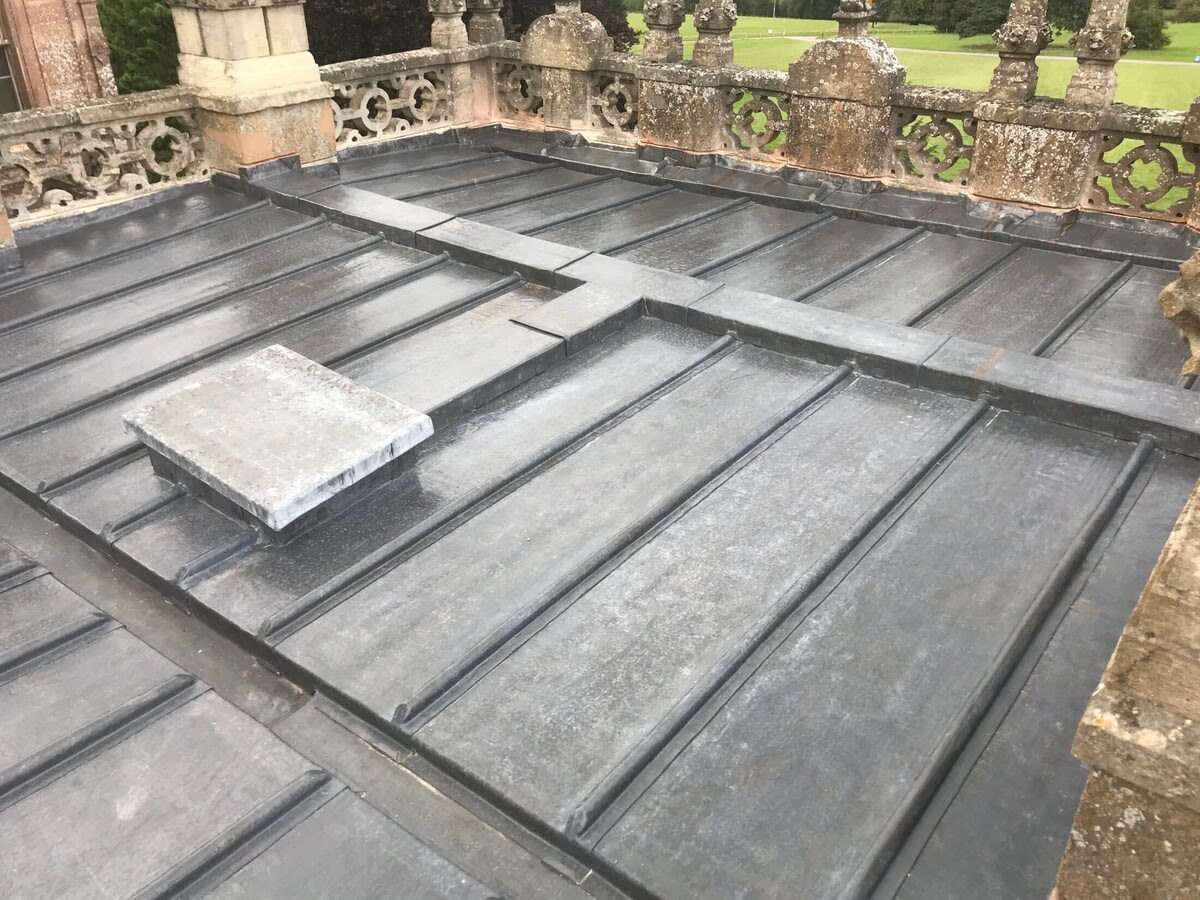

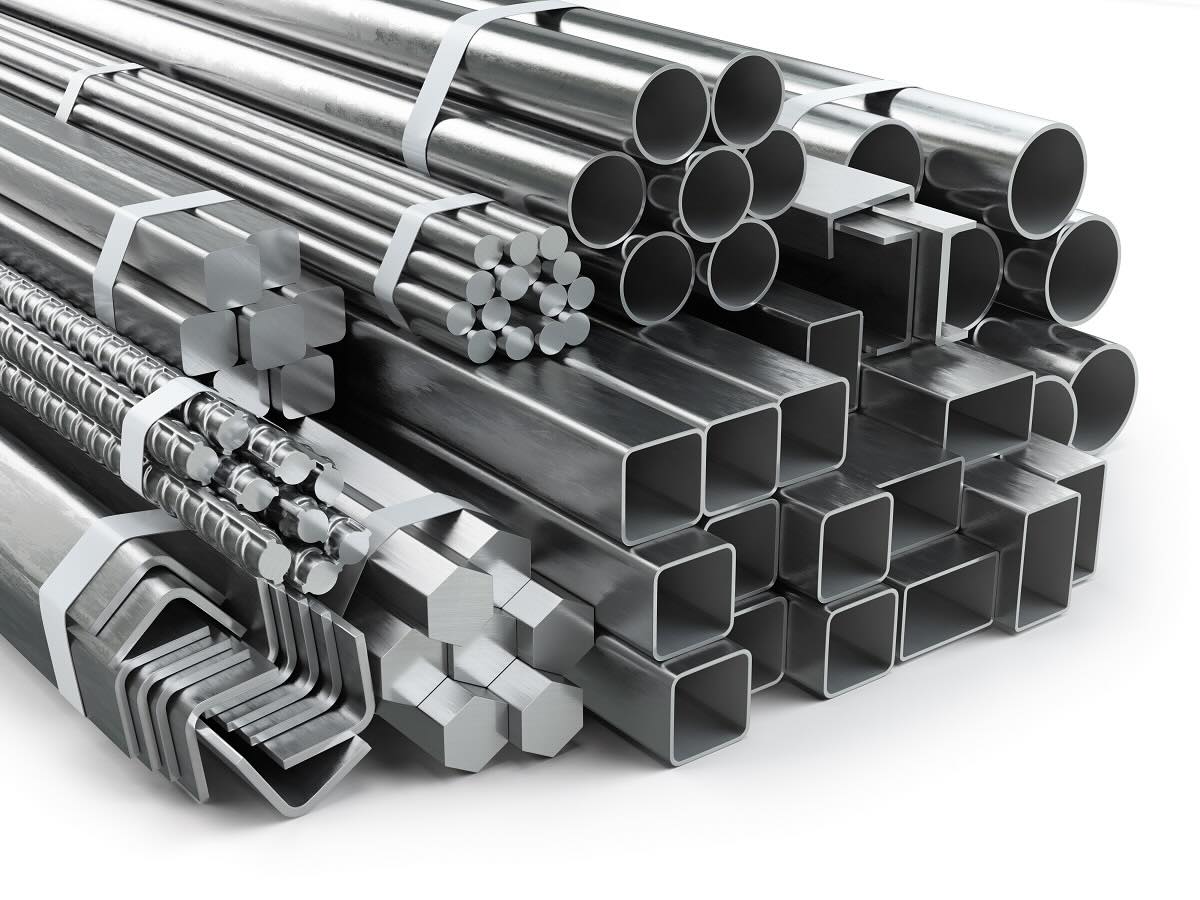
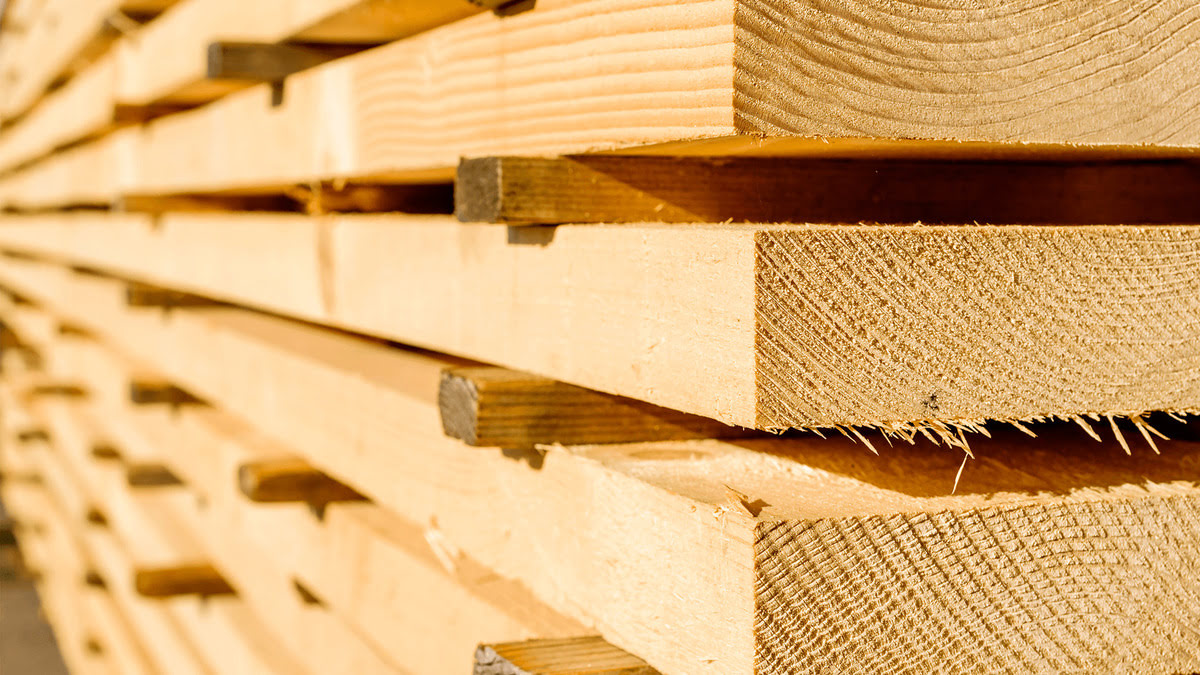

0 thoughts on “What Materials Are Used In Construction”